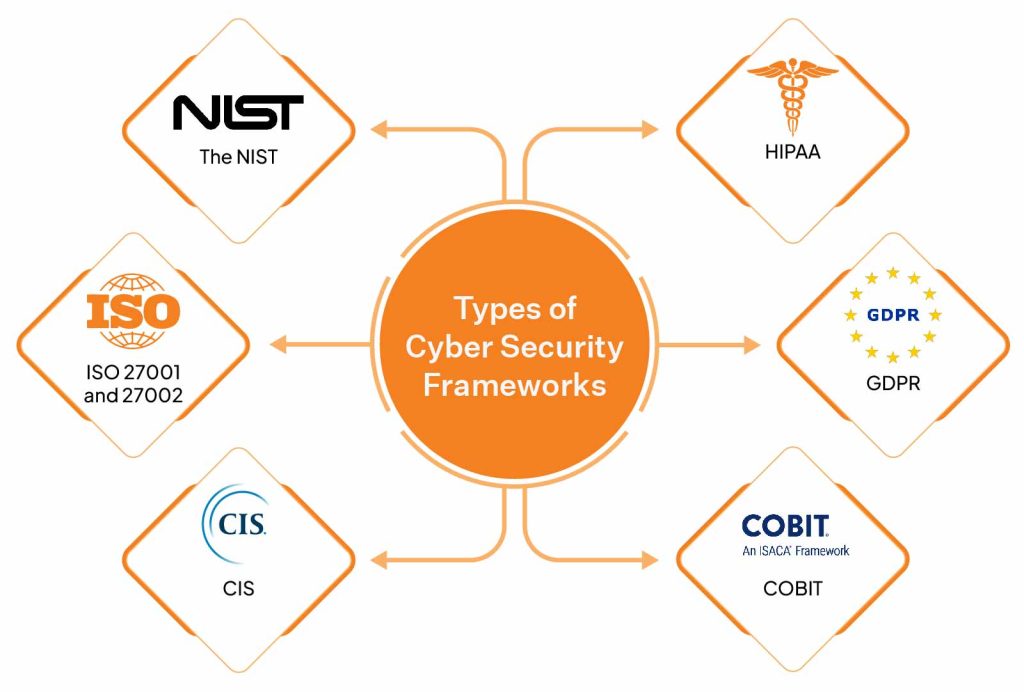
- There is no one-size-fits-all cybersecurity framework; organizations must choose one based on their specific needs and goals.
- Common mistakes in implementing frameworks include thinking they offer complete security and neglecting to adapt them to the organization’s structure.
- Multiple frameworks can be implemented together if necessary, but they should be mapped for overlap to ensure efficient compliance.
Cybersecurity frameworks such as CIS Controls, MITRE ATT&CK, and NIST CSF provide organizations with structured methodologies to protect sensitive data and offer guidance on security processes. While these frameworks aren’t mandatory, like PCI DSS or HIPAA, they help harden systems and strengthen security protocols. The choice of framework depends heavily on an organization’s specific needs, size, industry, and risk profile. For instance, CIS Controls may suit smaller organizations looking for practical IT controls, while larger entities may benefit from NIST’s holistic, organization-wide approach.
A key mistake in implementing a cybersecurity framework is the misconception that following a framework guarantees complete security. In reality, no framework can eliminate all risks, and adversaries have access to the same frameworks. It’s crucial to adapt a framework to an organization’s structure and gain board-level support for successful implementation. Additionally, focusing solely on metrics-based compliance without fully integrating the framework into the organization can limit its effectiveness.
Organizations should consider their industry, location, and regulatory requirements when selecting a cybersecurity framework. Some may need to implement multiple frameworks to meet legal obligations. In such cases, mapping frameworks to identify overlaps can reduce redundancy. Frameworks like NIST and ISO 27001 are often recommended for their broad applicability and focus on risk reduction, but no single framework can ensure full security. Continuous improvement and regular assessments are vital for maintaining a strong cybersecurity posture.


Leave a Reply
You must be logged in to post a comment.